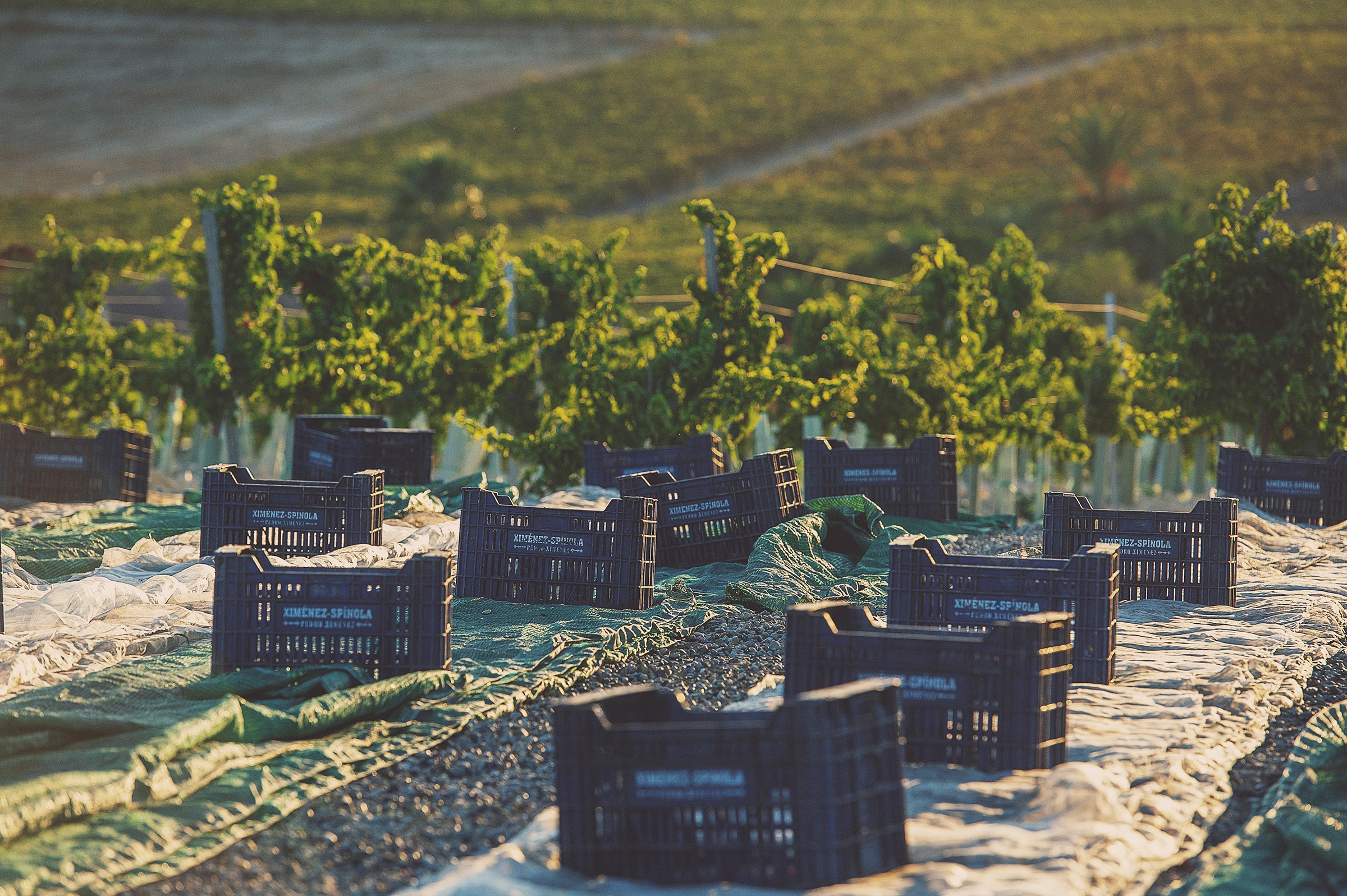There’s a lot to learn when you start your whisky journey. But sometimes you have to broaden your horizons and dive into a whole new world to understand a little more about what’s going on in your dram. If you enjoy a sherry cask-matured whisky, here’s what you need to know about the Spanish wine and how it’s much more than a sweet, creamy drink beloved by elderly relatives at Christmas time.
If you’ve been exploring the world of whisky for a while now, you’ll be aware that the huge variety of styles, sometimes with completely different characteristics, can make the generic term ‘whisky’ feel a little inadequate. Now prepare to have your mind blown by a dive into the world of sherry.
Of course, we use the term ‘sherry cask-matured’ all the time, as a general description of what kind of cask a whisky has spent time in. If you’re paying closer attention to a label, you might see a more specific descriptor – for example, that the whisky has spent time in an oloroso, or a Pedro Ximénez cask. Maybe even amontillado, palo cortado, Manzanilla or fino.
These are all styles of sherry wine – but with very distinct characteristics, and some are favoured more than others for whisky maturation.

EThere’s a lot to cover here but we’ll keep it as clear as possible. First of all, sherry is a wine that by law must come from within what’s known as the ‘Sherry Triangle’ in Andalucia in the southwest of Spain, although it’s more than just a triangle nowadays.
The main grape that’s used is palomino, making up around 90 per cent of sherry production. Pedro Ximénez is primarily used to produce the sweet, thick dessert wines that cling to your glass. Moscatel is also used, but not as much.
As an overview of styles, sherry wine includes

| Fino | Dry wine, biological ageing process |
| Manzanilla | Dry wine, biological ageing process |
| Amontillado | Dry wine, biological and oxidative ageing process |
| Palo Cortado | Dry wine, biological and oxidative ageing process |
| Oloroso | Dry wine, oxidative ageing process |
| Pedro Ximénez (PX) | Sweet wine, oxidative ageing process |
| Moscatel | Sweet wine, oxidative ageing process |
The big difference between these styles of sherry comes down to how they are aged – biologically or oxidised. The lightest styles, fino and manzanilla, develop a natural protective layer of yeast in their casks, known as flor. That protects the wines from oxygen and allows these lighter, drier sherries to age biologically, producing a fresh, crisp and light wine.
Manzanilla is specific to the coastal town of Sanlúcar de Barrameda, where the coastal environment influences its maturation.

In amontillados and palo cortados, that layer of flor is allowed to fade away, with some oxidisation leading to more colour and depth.
Oloroso, meanwhile, is allowed to deliberately oxidise and is fortified to a higher degree – making it one of the richest sherries and also one of the most popular styles for seasoning whisky casks.
Pedro Ximénez is a different beast altogether – it’s been described as the sweetest wine in the world, perfect as a dessert drink, and bringing a rich sweetness to whisky.
There’s one more style called ‘cream’ but it isn’t a distinct sherry in its own right – it’s a sweetened-up concoction produced by marrying oloroso with sweeter Pedro Ximénez or moscatel dessert wines, and probably the sherry you’re most likely to associate with that elderly relative at Christmas time.

Distillers work with different styles of sherry to impart a variety of influences on the whisky that then goes into the cask. At the SMWS, that leads to a wide selection of whiskies under the ‘sherry-cask matured’ label – take Cask No. 41.177: Dancing with summer as an example. This came from two bourbon hogsheads that the Whisky Team divided between a 1st fill oloroso quarter cask and a 1st fill American oak Pedro Ximénez hogshead, and then combined again after at least three years. The result? A wide range of influences, a superbly complex dram, and different layers of sherry influence telling their own story. And that’s before we even start talking about the wood.
Many, although not all, of the Society’s sherry-cask matured whiskies come under our Deep, Rich & Dried Fruits flavour profile.

